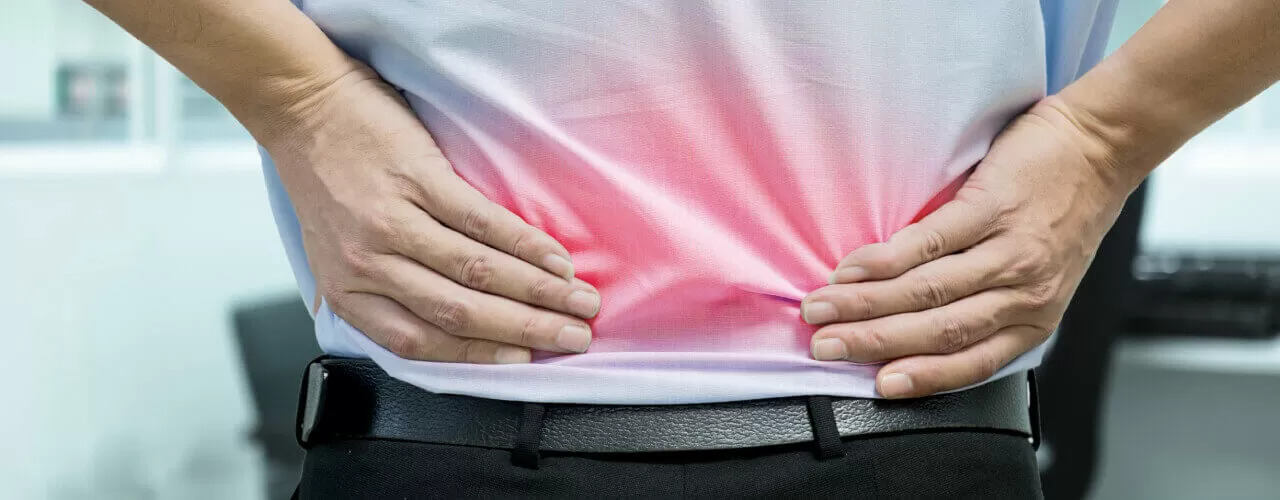Why Movement Is Medicine for Your Spine
Lower back pain is one of the most common reasons people visit a doctor—and one major cause of it is a herniated disc. If you’ve been told you have a herniated disc in your lower back, you might be wondering what’s actually happening and how physical therapy can help.
Let’s break down the science in a simple, easy-to-understand way.
What Is a Herniated Disc in the Lower Back?
Between the bones in your spine (called vertebrae), you have small, jelly-like cushions called discs. These discs help your spine move and absorb shock when you bend, lift, or twist.
When a disc in the lower back gets damaged—maybe from an injury, poor posture, or wear and tear—it can bulge out or tear, pressing on nearby nerves. This is called a herniated disc.
It often leads to:
- Lower back pain
- Pain that travels down one leg (sciatica)
- Tingling, numbness, or weakness in the leg or foot
How Physical Therapy Helps Lower Back Disc Pain
Physical therapy is one of the most effective ways to treat herniated discs in the lower back—without surgery or strong medication. Here’s how it works:
1. Takes Pressure Off the Nerves
Certain gentle movements and stretches taught in physical therapy can help move the herniated part of the disc away from the nerve, reducing pain in the back and legs.
This process is known as centralization—it means the pain starts to move out of your leg and back toward the lower back, which is a good sign of healing.
2. Strengthens Core and Lower Back Muscles
When your core (abdominal and back muscles) is weak, your spine has to do all the work. That puts more pressure on the discs.
Physical therapy includes exercises that build strength in your core, so your spine is better supported and more protected from future injury.
3. Improves Posture and Everyday Movement
Poor posture—especially from sitting too much or slouching—can make a herniated disc worse. Physical therapists teach you how to stand, sit, and move in ways that keep your spine in a healthy position.
This helps reduce stress on the injured disc and can prevent more pain down the road.
4. Reduces Muscle Tension and Inflammation
Pain from a herniated disc often causes muscles around your lower back to tighten up or spasm. PT techniques like gentle stretching, heat, or hands-on therapy can help relax tight muscles and improve blood flow, which supports healing.
What You Can Expect in Physical Therapy
Your treatment plan will be designed just for you. But here’s what it might include:
- Gentle stretches for your lower back and hips
- Strengthening exercises for your core and glutes
- Posture and movement training for sitting, standing, and lifting
- Education about what helps and what to avoid (like sitting too long or lifting incorrectly)
- Manual therapy, like massage or guided joint movement
When Will You Feel Better?
Many people begin to feel better in just a few weeks with consistent PT. Full recovery from a herniated disc can take 6–12 weeks, depending on the severity—but staying active and following your therapist’s plan makes a big difference.
Final Thoughts
Lower back pain from a herniated disc can be frustrating—but it’s also very treatable. Physical therapy works by helping your body heal itself: reducing nerve pressure, improving movement, and building long-term strength.
If you’re dealing with disc-related back pain, don’t wait. Click here to call us and schedule a visit in Dublin or Sandersville!

